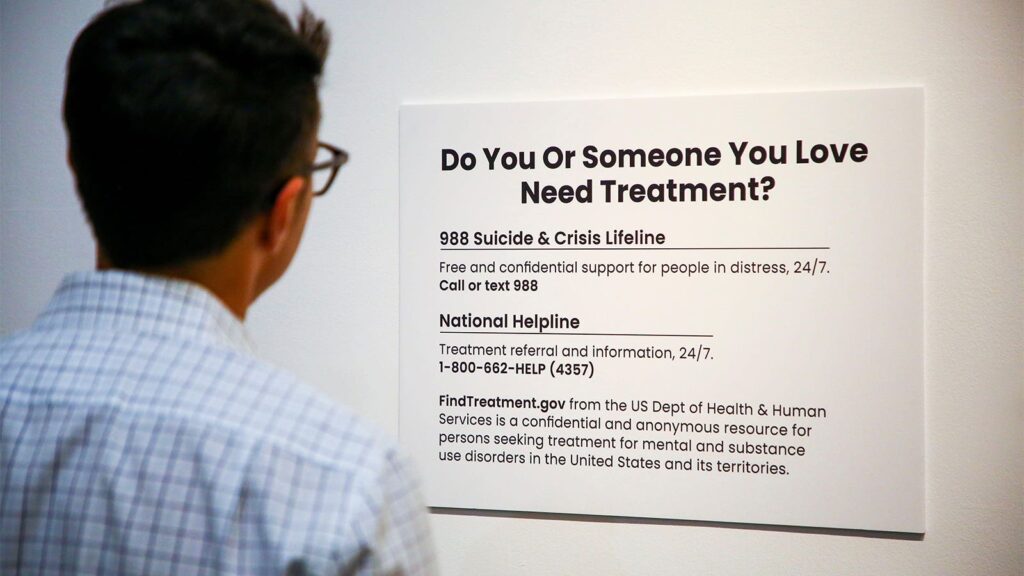Five distinct suicide profiles that could improve detection and treatment of co-existing health conditions and bolster suicide prevention strategies were identified in a cross-sectional study.
In an analysis of 306,800 suicide deaths, individuals who faced physical health challenges comprised the largest profile class of the five (31.7%), according to Yunyu Xiao, PhD, of Weill Cornell Medicine/NewYork-Presbyterian in New York City, and colleagues.
Notably, decedents with this profile (class 4) also had the lowest rates of disclosing suicidal intent (14.4%) or leaving a suicide note (25.1%), they reported in JAMA Psychiatry.
While physical health conditions made up the largest profile, the remaining profiles were comprised of individuals who predominantly faced mental health or substance abuse conditions:
- Class 1: comorbid mental health and substance use problems (13.5%)
- Class 2: mental health problems (17.6%)
- Class 3: crisis, alcohol-related, and intimate-partner problems (18%)
- Class 5: polysubstance problems (19.2%)
Identifying these profiles served to underscore “the complexity of suicide” and illustrated “its multifaceted nature,” the researchers wrote, emphasizing the need for tailored suicide prevention strategies to address the specific needs of individuals struggling within each profile.
However, the most notable finding was the rise of “an invisible risk profile characterized by physical health problems,” suggesting underdiagnosis and subsequent undertreatment of psychiatric conditions in this population, the researchers said.
“Traditionally, people have the belief that suicide is just a mental health problem,” Xiao told MedPage Today. “We found that, in fact, [more than] 30% of suicide decedents are related to physical health.”
“Physical illnesses can cause physical pain and psychological distress, which can lead to feelings of helplessness and heighten suicide risk that may be overlooked in medical settings,” the researchers wrote.
The physical health problems class was roughly the same size as both the mental health and mental health with substance use problems groups combined, Xiao said. There could be multiple explanations for this, she said. One reason could be related to the association between chronic pain and suicide. Another could be the possibility that stigma around mental health may prevent people from seeking help, she added.
There’s a need to continue “encouraging clinicians to screen suicide risk, even when the patients are not showing they have suicidal ideation,” she said — particularly in primary care and emergency department settings.
In addition to not disclosing suicidal intent, class 4 also had the lowest rates of psychiatric illnesses or use of psychotropic medications, making identification with standard screening practice more difficult, the researchers found.
“One of the important clinical implications is being able to ask about suicides, because [one] of the myths of suicide prevention is not to ask about suicide, because it might trigger people,” Xiao said. “In the research, what we found is that it is actually more important that you ask.”
To conduct this cross-sectional study, the researchers collected data from the 2003-2020 National Violent Death Reporting System Restricted Access Database. Of the more than 300,000 suicide deaths recorded, they noted that the decedents had a mean age of 46.3 years and the majority were male (78.1%) and lived in metropolitan or urban areas (79.9%).
Overall, 82.1% of decedents were white, 6.3% were Hispanic, and 6.5% were Black. Roughly 16% of decedents were veterans.
Class 4 had more older adults between ages 55 and 70 (24.5%) and those older than 71 years (20.7%). It also had more veterans (22.9%) and rural residents (24.7%).
The study was limited by some data collection approaches, including decentralized coroner systems and diverse law enforcement approaches, which may leave some data incomplete. There were also some issues with consistent data coding that could affect the accuracy of the analysis, including misclassified suicide deaths or underreported prior suicide attempts.
Disclosures
The study was funded by the Artificial Intelligence/Machine Learning Consortium to Advance Health Equity and Researcher Diversity, a program of the NIH. It was also funded though grants from the National Institute of Mental Health, American Foundation for Suicide Prevention, Mental Health Research Network, Google, Bill & Melinda Gates Foundation, National Institute for Health Care Management, National Institute on Drug Abuse Center for Health Economics of Treatment Interventions for Substance Use Disorder, HCV, and HIV (CHERISH), and Suicide Prevention During COVID-19.
Mann reported receiving royalties for commercial use of the Columbia-Suicide Severity Rating Scale from the Research Foundation for Mental Hygiene. The other authors reported no relevant financial conflicts of interest.
Primary Source
JAMA Psychiatry
Source Reference: Xiao Y, et al “Decoding suicide decedent profiles and signs of suicidal intent using latent class analysis” JAMA Psych 2024; DOI: 10.1001/jamapsychiatry.2024.0171.
Please enable JavaScript to view the comments powered by Disqus.
Source link : https://www.medpagetoday.com/psychiatry/generalpsychiatry/109275
Author :
Publish date : 2024-03-20 15:02:58
Copyright for syndicated content belongs to the linked Source.
